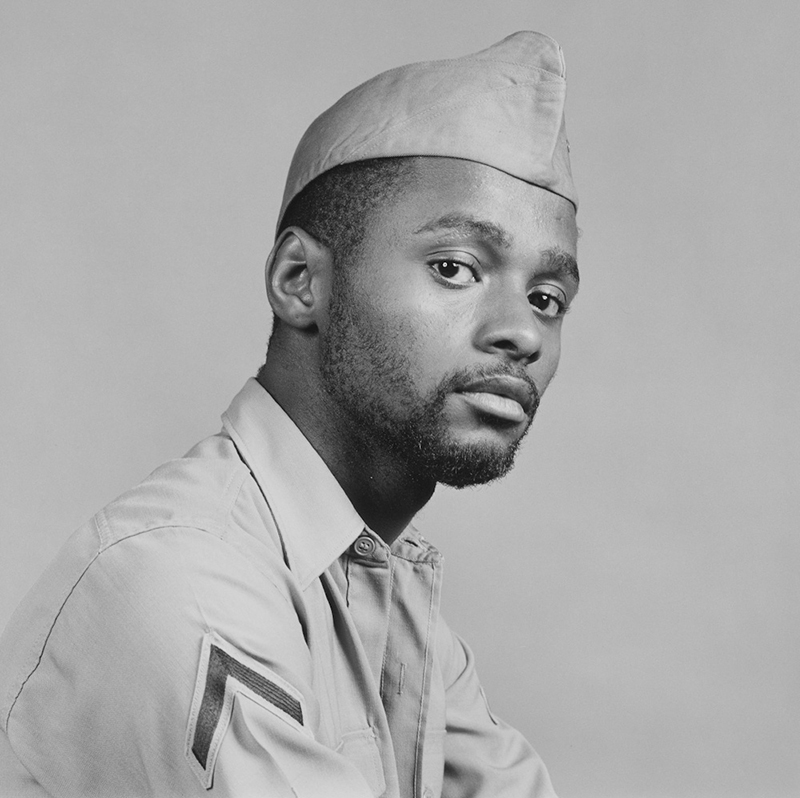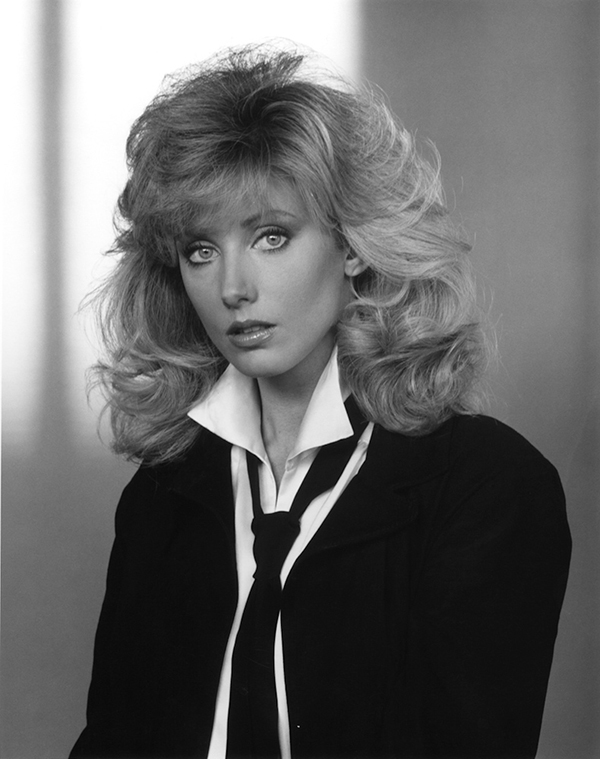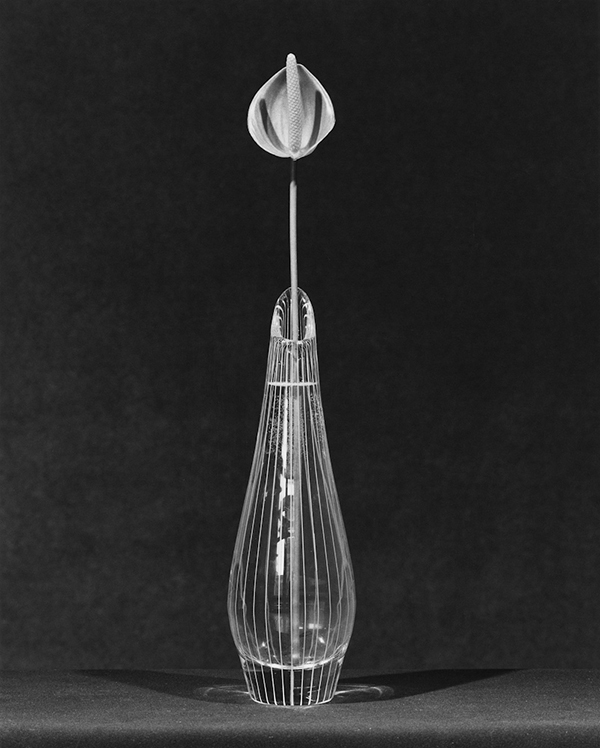PHOTO:Robert Mapplethorpe

Robert Mapplethorpe lived a life of passion in the New York underground and rock scenes in the ‘70s and ‘80s. That passion also made its way into his art. In an interview given in 1987, just two years before his death, Mapplethorpe explained that photography in the ‘70s was the perfect medium for a fast-paced time. He did not really choose photography, photography chose him. In many ways, Mapplethorpe was a sculptor at heart, a plastic artist driven by the question of the body and its sexuality and obsessed by the search for perfect form.
By Dimitris Lempesis
Photo: Gladstone Gallery Archive
A presentation of historic works by Robert Mapplethorpe is on presentation at Gladstone Gallery curated by the artist Roe Ethridge. Ethridge brings his own perspective as a contemporary artist who works in the same genres of portraiture and still life that are touchstones of Mapplethorpe’s well-known oeuvre. Drawn from the extensive archive of the Robert Mapplethorpe Foundation, the curator has selected both iconic images, including self-portraits, flowers, and scenes of frank sexual provocation and those exhibited for the first time to evoke his own experience of understanding the breadth of Mapplethorpe’s mastery of process and composition. Robert Mapplethorpe became one of the most well known American photographers of the 20th Century. He began taking photographs in the ‘70s using a Polaroid camera and showed his work for the first time at the Light Gallery, New York, in 1973. In 1976, he purchased a Hasselbald medium-format camera, working primarily in the studio, began producing large-scale still-life, interiors, nudes, portraits and self-portraits. His studio-based work is notable for its great formal precision. Mapplethorpe also photographed his circle of friends and celebrities and he occasionally produced pictures for Andy Warhol’s Interview magazine. In the late ‘70s, he documented the New York sadomasochistic scene and published the “X Portfoli”o in 1978 (a group of thirteen silver gelatin prints depicting homoerotic and sadomasochistic subjects). In 1988, the inclusion of some of these explicit images in his major retrospective at the Whitney Museum of American Art ignited a fierce public debate in America about censorship and the public funding of the arts.
Info: Curator: Roe Ethridge, Gladstone Gallery, 515 West 24th Street, New York, Duration 3/3-14/4/18, Days & Hours: Tue-Sat 10:00-18:00, https://gladstonegallery.com


